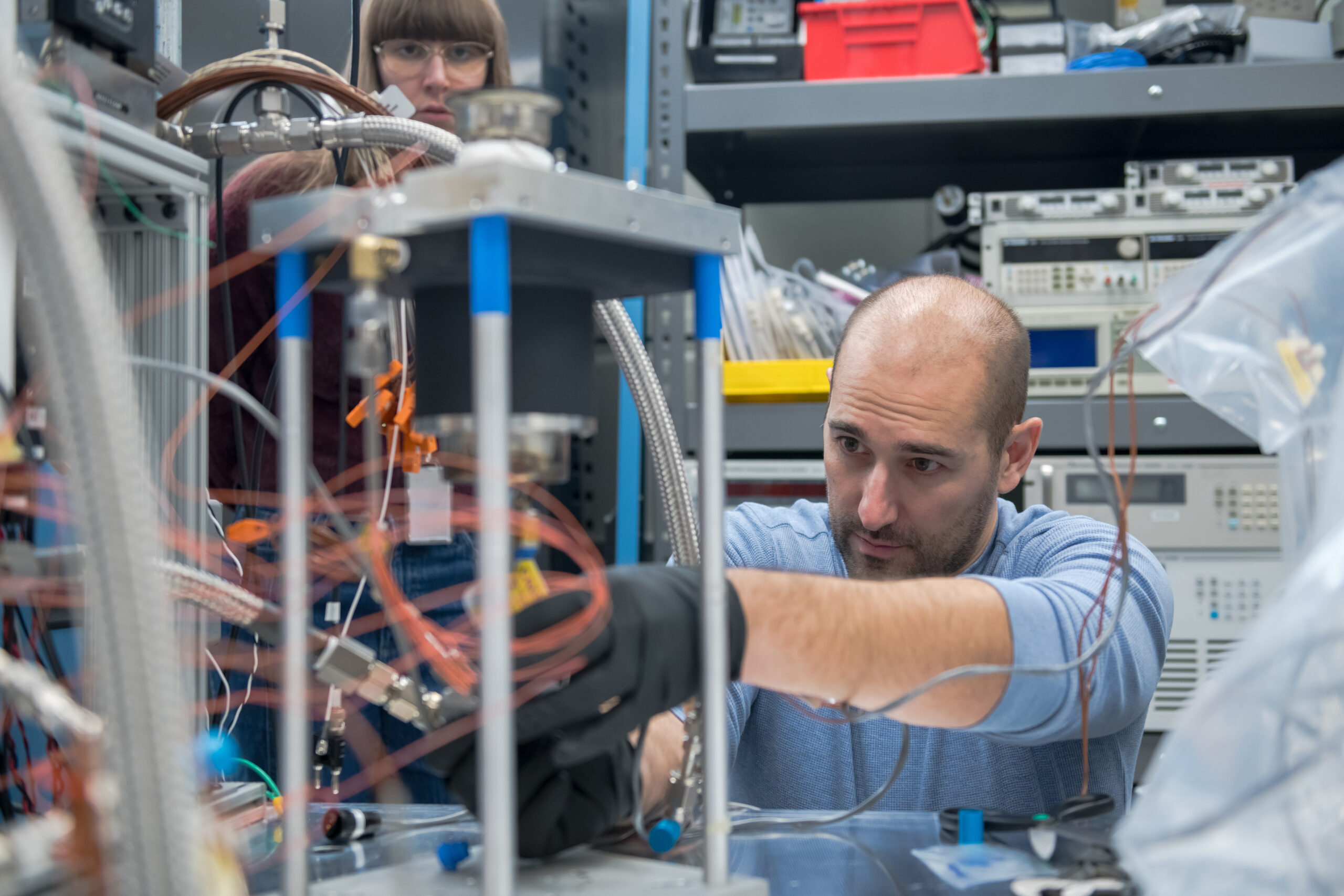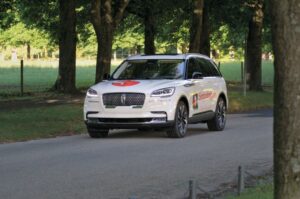Key Takeaways
- NASA is testing a new radioisotope power system (RPS) using americium-241 as a heat source for future deep space missions.
- The collaboration between NASA and the University of Leicester focuses on developing a Stirling convertor, designed for long-term space exploration with minimal wear.
- Initial tests indicate the viability and efficiency of the americium-fueled Stirling generator for upcoming space missions.
Advancements in Space Power Systems
To explore deep space effectively, spacecraft require a reliable power source. NASA’s radioisotope power systems (RPS) have traditionally provided this power for over 60 years, being integral to missions like the Voyager spacecraft and the Perseverance Mars rover. RPS harness the heat from the natural radioactive decay of radioisotopes to provide long-lasting electrical energy. Currently, NASA is experimenting with a new fuel option involving americium-241, which may enhance capabilities for long-duration missions in extreme environments.
Historically, plutonium-238 has been the preferred fuel for these systems, but americium-241 has gained notable interest in Europe over the last two decades. In January, NASA’s Glenn Research Center and the University of Leicester initiated a partnership to test americium as an RPS heat source.
One significant innovation in this testing is the free-piston Stirling convertor, a heat engine that transforms thermal energy into electrical energy without traditional moving parts like crankshafts, allowing for reduced wear and increased longevity—potentially powering missions for decades. Researchers from the University of Leicester, with extensive experience in americium RPS development, collaborated to test this new generator configuration.
Mechanical engineer Salvatore Oriti remarked on the project’s rapid progress, highlighting the teamwork between NASA and the University of Leicester that facilitated an impressive prototype development. The university contributed heat source simulators—replicas of the actual americium-241 fuel, functioning through electric heaters to simulate the necessary heat levels for generator operation. NASA’s Glenn Research Center provided the testing facilities and necessary equipment.
The tests of the Stirling generator showcased its robustness. Research fellow Hannah Sargeant noted that a critical feature of the design allows it to endure a malfunctioning convertor while maintaining power output. This test demonstrated the reliability of the Americium-Radioisotope Stirling Generator, prioritizing durability for potential future spaceflights, especially those expected to last several decades.
The initial testing confirmed the performance and efficiency metrics for the americium-fueled Stirling RPS. Looking ahead, the Glenn team aims to create an updated testbed that is lighter and further refined, undergoing additional environmental assessments to ensure its viability for real missions.
In conclusion, the recent developments in RPS using americium-241 could potentially revolutionize how spacecraft generate power for prolonged space exploration, demonstrating NASA’s ongoing innovation in deep space technologies. For further details on NASA’s RPS initiatives, visit their website.
The content above is a summary. For more details, see the source article.















